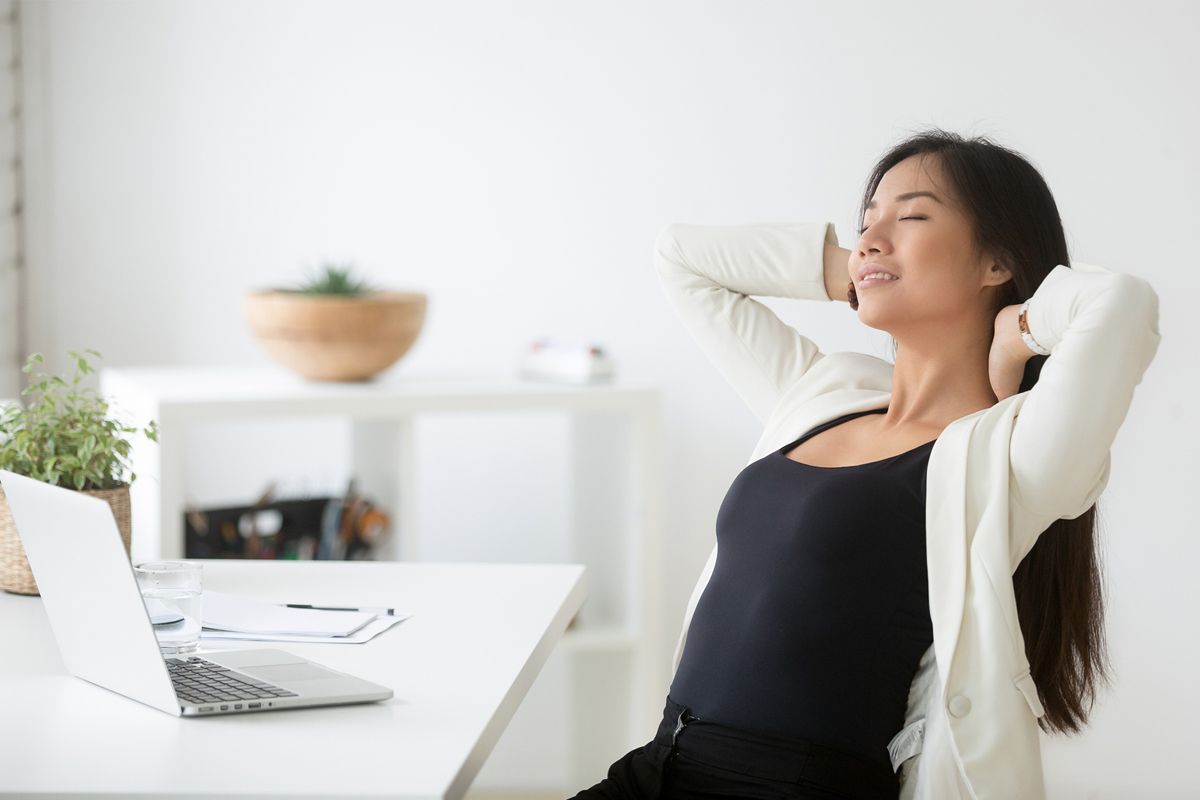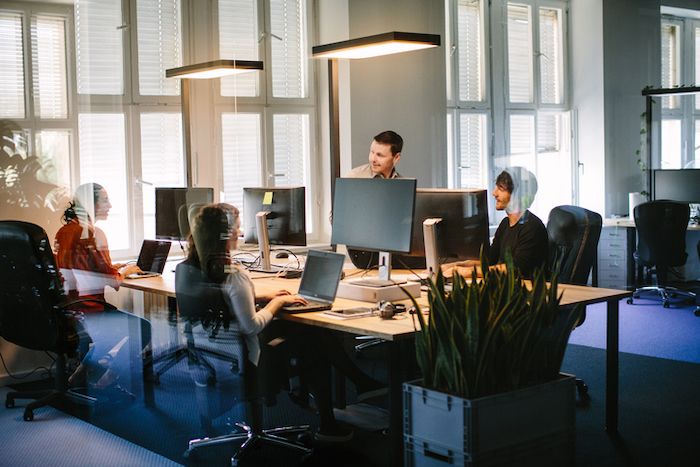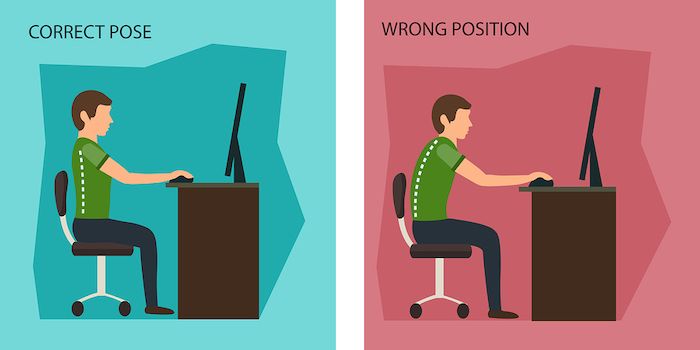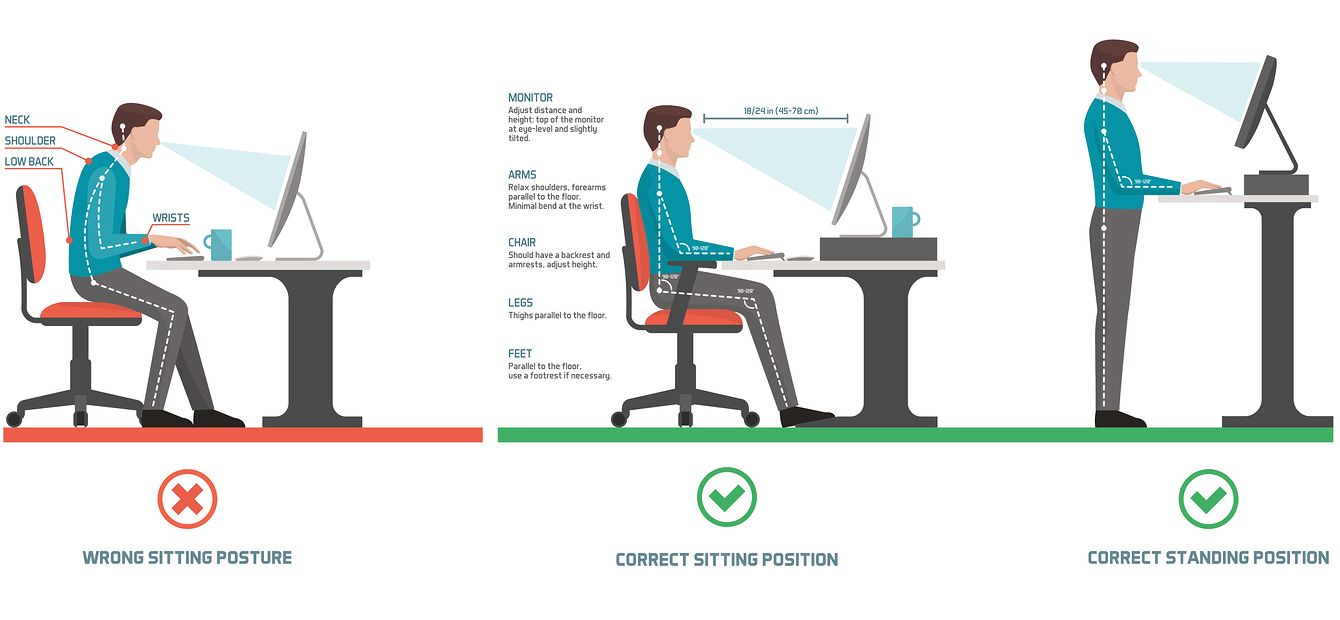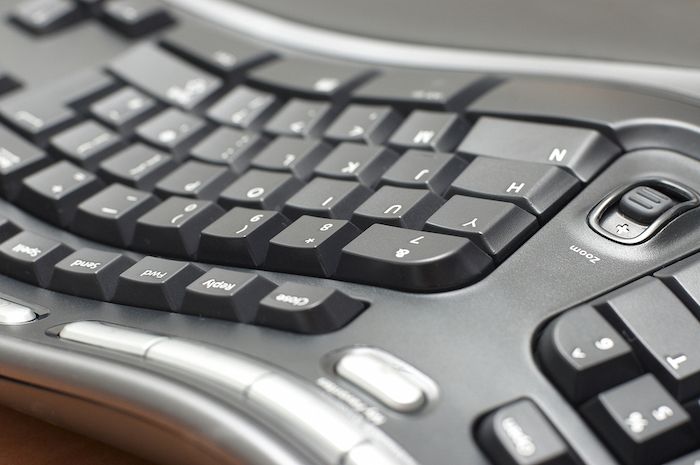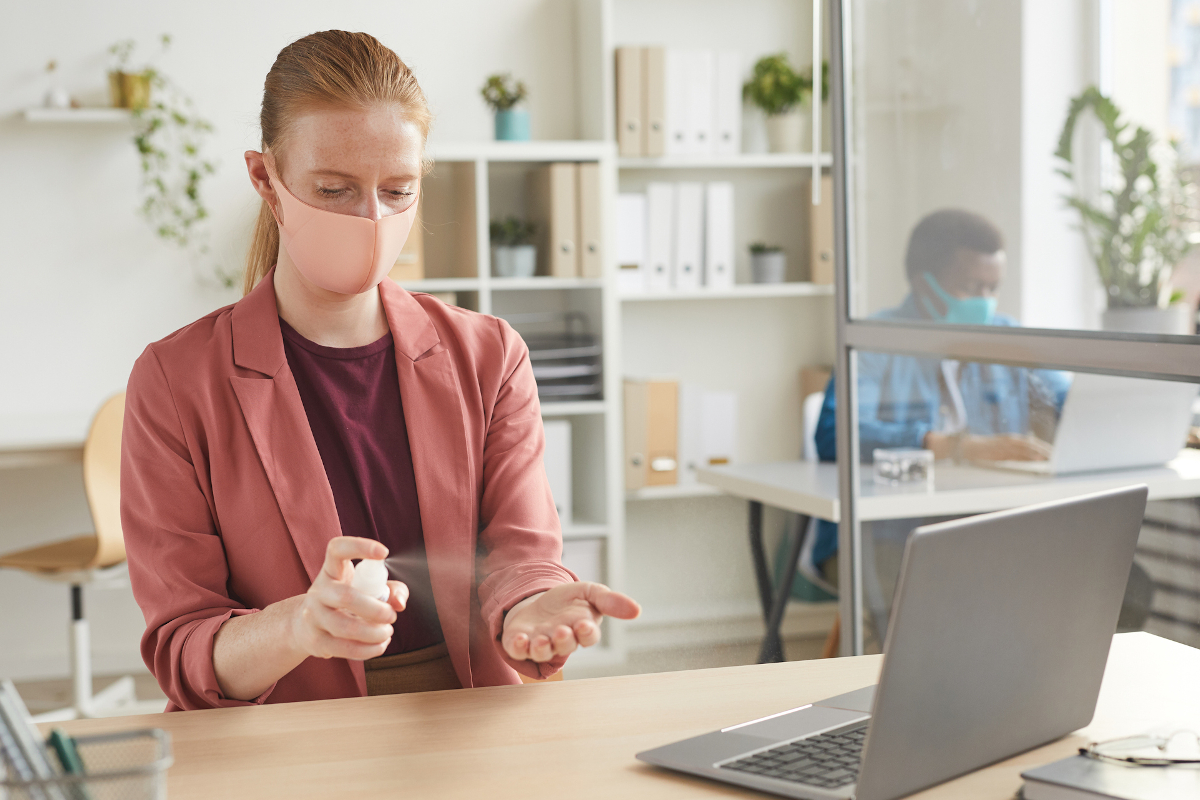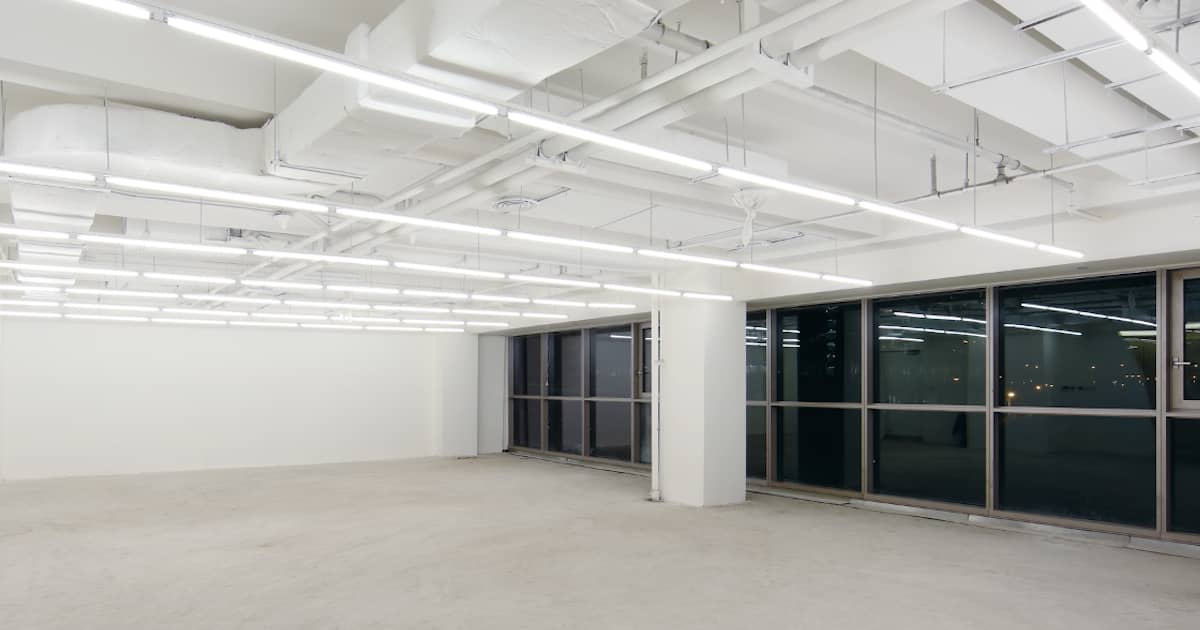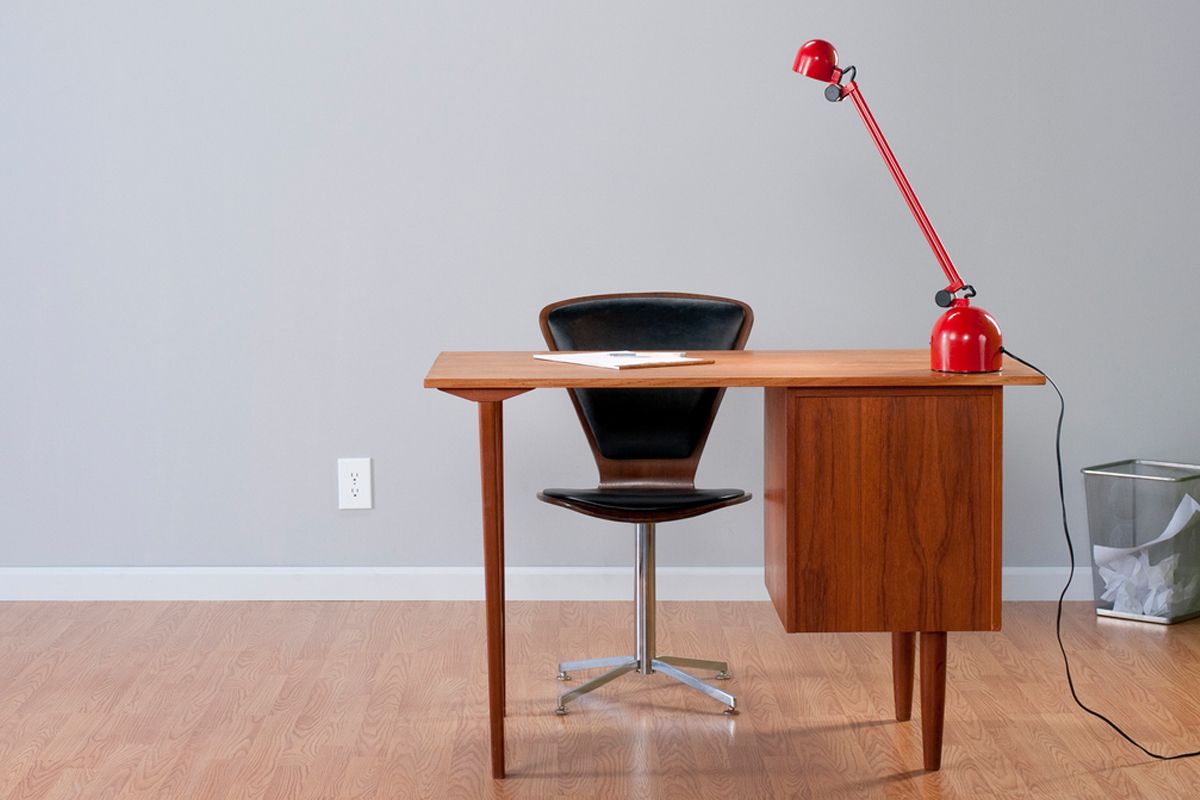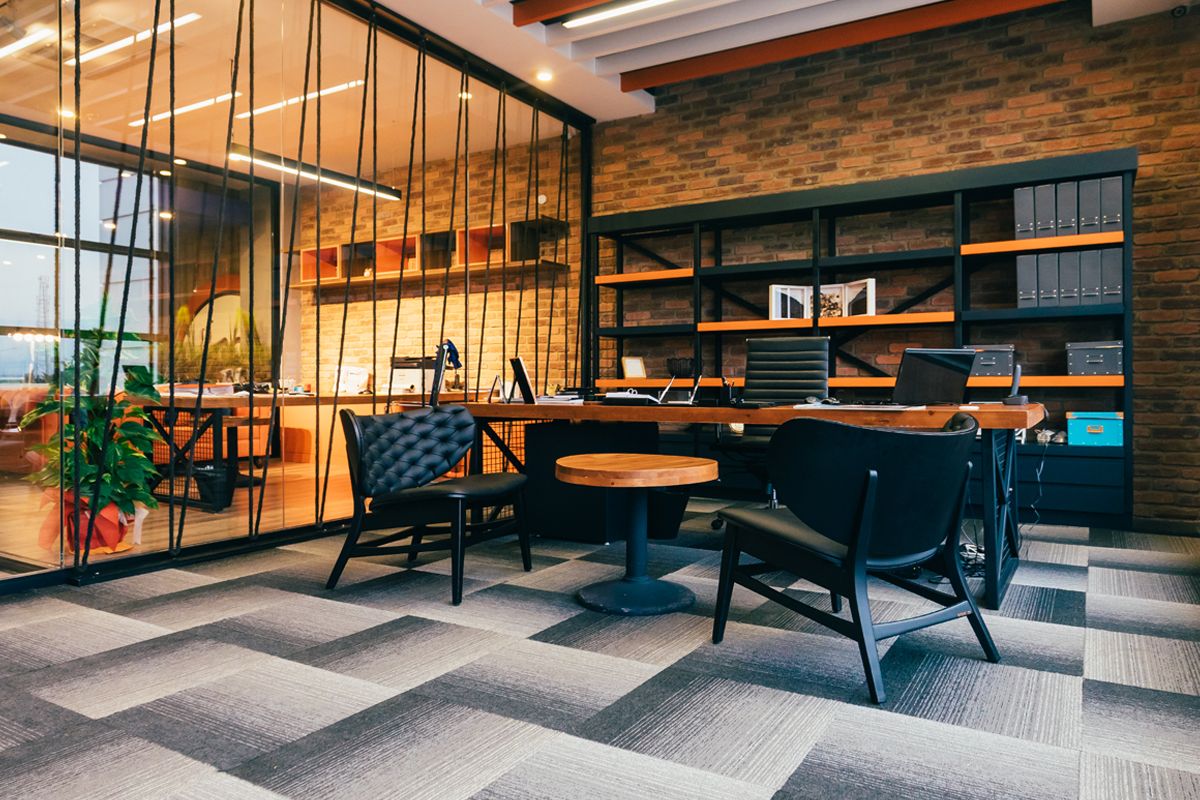Given that the average office worker in Singapore spends, a significant, 2,371.2 hours of their year at the office, the ergonomics of the space should be carefully considered. The science of ergonomics focuses on creating a space that has been optimally designed to suit the abilities and proportions of the user, in this case, the worker. This helps create a happy environment, as it ensures workers are comfortable and not straining while completing their duties, thus avoiding injury, expense, and disgruntlement.
Ergonomics relates to space design, furniture design, and process design. That is to say, ensuring there is enough space for workers to complete their tasks comfortably, without having to strain or struggle to fit into a space; ensuring items like seating, cabinetry and desks are at the optimum height and size for workers, depending on body shape and size; and ensuring that the kind of tasks workers are expected to complete do not cause repetition injuries, or strain by expecting too much of their body’s abilities.
Your office interior design firm should be able to ensure that the ergonomics for your space has been considered in your final design. This requires input from yourself so that your office interior designers can fully understand the requirement for the space and the employees within it.
There are several factors to consider regarding space design and its ergonomics.
Depending on the task at hand, additional lighting may be required to supplement ambient light. Individual desk lights may be necessary to allow for the shifts in daylight, or to provide lighting for specific tasks. Alternatively, shading may need to be required to control natural light. For those working at computers, windows should be kept perpendicular to screens always, to avoid glare or shadow and shades should be available to block out the harshest daylight.
Consider the space requirements for the daily tasks of employees. This includes providing enough space to move back from the desk to stand up without straining, as well as positioning equipment such as printers or filing in easy to access spaces with support furniture. Also, consider supplementary items; extra paper for printers can be heavy so shouldn’t be stored too low or high to risk injury, and at an openly accessible space.
Perhaps not typically considered during ergonomic design, security also affects an employees experience of the work process. For instance, while open-plan offices have recently become popular, consider which employees will be dealing with sensitive or confidential information in documents or conversations. If the CEO constantly has to move to the boardroom to have private tactical business conversations, or the HR manager has to shield confidential salary information, perhaps open-plan is counterproductive for them.
Ergonomic Furniture design
Sitting at a desk, working at a computer all day can lead to a surprisingly high number of opportunities for injury. 31% of reported workplace-related injuries include lower back strain, neck pain, and tight shoulders, all linked to computer work. All areas of the individual’s workstation need to be considered. Ideally, workers should take regular breaks and change their working position throughout the day, for instance from standing to sitting and back again. And all areas including break areas should be ergonomically designed with the related task and user in mind. It is worth hiring an office interior design firm that can help to ensure that furniture is selected to suit the users, and not simply make a design statement.
Workers will spend on average 8 hours or more a day in their chair, so correct support is vital. The user should be able to sit with their feet flat on the floor, thighs parallel to the ground and the average seat depth should be 41cm, though adjustable is better. The chair should be firm enough to provide support, without being too rigid, providing natural lumbar support in lower back. Finally, the user should be able to move freely as necessary; if this includes swivelling, the floor surface should not provide undue resistance to the castors of the chair.
Height is the most important factor and ergonomic design suggests 73cm as the ideal. Ones arms should be able to rest on the desk with the elbows at 90 degrees and ones legs should fit under the desk with comfort and enough space to cross the legs if necessary. An adjustable desk, from standing to sitting is even better to ensure a change of posture throughout the day to avoid issues with blood pressure, back pain and long term illness.
Should be approximately 20cm away with the top of the screen in line with your eye level at an upwards angle of about 10-20 degrees. Eyestrain, back neck and shoulder strain can all result from a poorly positioned screen.
The user’s arms should be able to sit comfortably at their sides, without stretching, and ideally, the keyboard should angle away from the user by 15 degrees (this is one factor to which almost no keyboards cater). The wrists should be able to remain straight and not flexed upwards or downwards when typing and the mouse should remain in easy reach.
While task design doesn’t really fit into the focus of the interior design of a space, employers should consider the type of work that employees will need to carry out. If work is repetitive, it may be worth creating a rotational work cycle, allowing workers to rotate through different parts of the work process to ensure they have the chance to change the type of activity they do all day. For employees that are required to sit at a desk all day, encouraging employees to take short breaks throughout the day can lead to less strain or injury complaints. There are several systems and apps available on the market to help ensure employees take regular breaks, to avoid both eye and back and neck strain, as well as mental fatigue from remaining on one task for too long.
This can help to avoid expensive medical bills and replacement staff requirements related to strain injuries(one estimate reached a figure of $34,000 as a cost to the company of an injured employee and the related expenses). Office interior design in Singapore is particularly important given the amount of time workers spend in the office. At the end of the day, the company’s bottom line will benefit and employees will be left feeling valued and more satisfied in the workplace.
